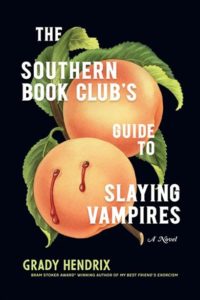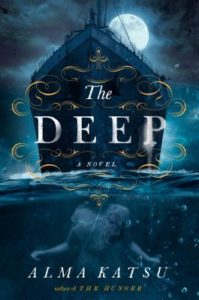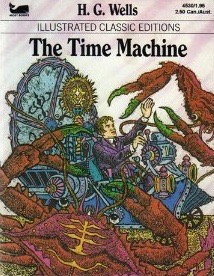The Song of Achilles by Madeline Miller
My rating: 5 of 5 stars
Description:
The legend begins…
Greece in the age of heroes. Patroclus, an awkward young prince, has been exiled to the kingdom of Phthia to be raised in the shadow of King Peleus and his golden son, Achilles. “The best of all the Greeks”—strong, beautiful, and the child of a goddess—Achilles is everything the shamed Patroclus is not. Yet despite their differences, the boys become steadfast companions. Their bond deepens as they grow into young men and become skilled in the arts of war and medicine—much to the displeasure and the fury of Achilles’ mother, Thetis, a cruel sea goddess with a hatred of mortals.
When word comes that Helen of Sparta has been kidnapped, the men of Greece, bound by blood and oath, must lay siege to Troy in her name. Seduced by the promise of a glorious destiny, Achilles joins their cause, and torn between love and fear for his friend, Patroclus follows. Little do they know that the Fates will test them both as never before and demand a terrible sacrifice.
Built on the groundwork of the Iliad, Madeline Miller’s page-turning, profoundly moving, and blisteringly paced retelling of the epic Trojan War marks the launch of a dazzling career.
(flap copy)
First Sentence:
My father was a king and the son of kings.
While the Iliad covers just a short period of time in the last year of the Trojan War, this novel begins with the childhood of Patroclus, Achilles’ companion who appears a few times in the epic before becoming the reason Achilles finally re-enters the fighting. (I’d say sorry for the spoilers, but can you spoil the ending of something that’s been out for a couple millenia?)
Patroclus narrates the story, from his exile through his growing relationship with young Achilles, right on up to and beyond his death on the Trojan battlefield. About halfway through the book, I began wondering how the ending was going to be handled. The answer is: beautifully. Patroclus remains our window to the action, underscoring just how horrific all of it really is.
Since the story draws on Homer’s Iliad, there is quite a lot of violence, but it is not glorified. Patroclus is a sensitive boy in a world that only celebrates the most masculine of men. His slow realization of who Achilles is (to the rest of the world) is heartbreaking. After reading the Iliad, with its description of battle after battle, reading this novel brought it all back down to the human level.
Source: My actual, physical TBR shelf. I think I picked it up for free somewhere.
Challenges: Official TBR Pile Challenge; Mount TBR; and Read Harder 2022: Either #3 (Read any book from the Women’s Prize shortlist/longlist/winner list) or #21 (Read a queer retelling of a classic of the canon, fairytale, folklore, or myth), depending on whether I get to a couple of other books before the end of the year.










